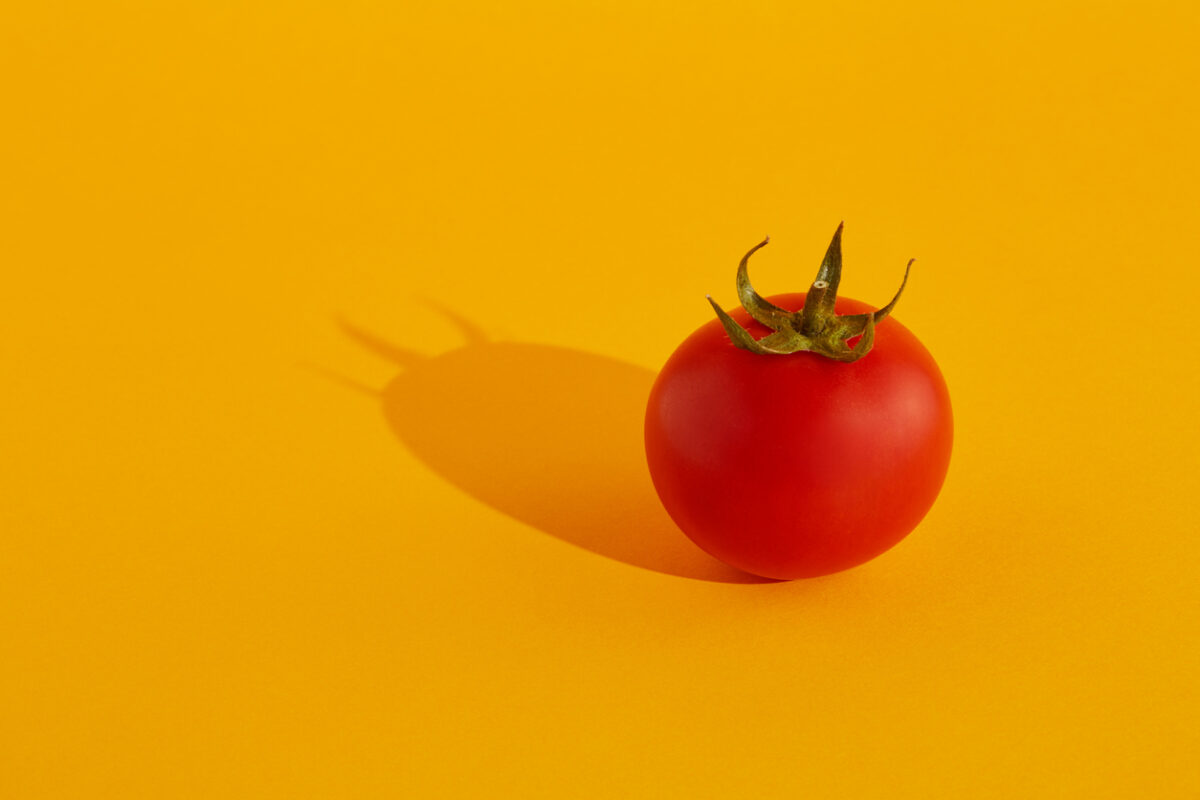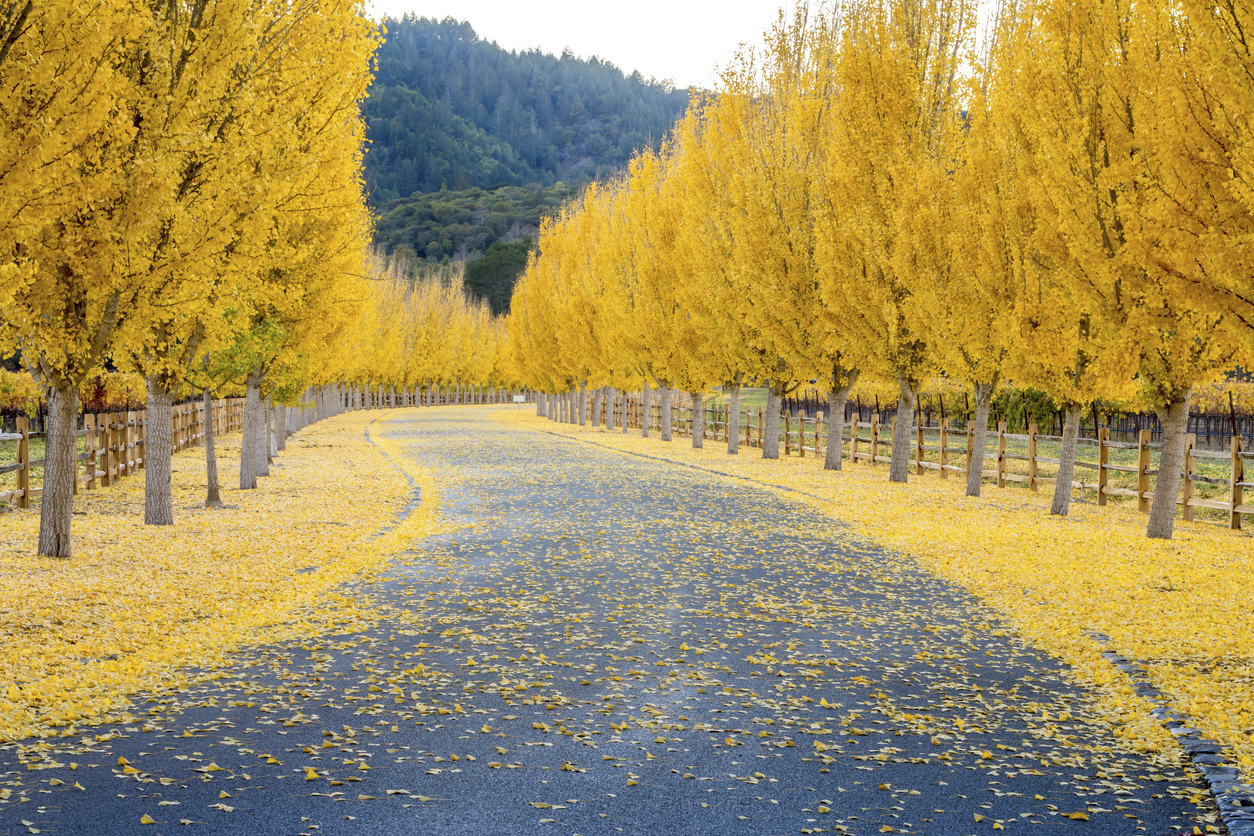Natural History Museum to use its historic wheat collection to explore future food security

London’s Natural History Museum (NHM) has announced it is joining the fight for food security by leveraging its collection of wheat samples from the past.
Wheat is one of the world’s oldest farmed crops, and even today contributes around a fifth of the total calories consumed by humans each year.
The new Wheat Through the Ages project from the NHM, conducted in partnership with Kew Gardens and The Hebrew University of Jerusalem, will investigate how the crop’s genome has changed over the course of human history.
By doing this, NHM scientists hope to be able to identify genes which could help protect the crops and make them more resilient to climate change.
With the FAO estimating that by 2050, the world will need to produce 60% more food to deal with its 9.3 billion inhabitants, the museum has suggested that strengthening the wheat supply chain goes hand in hand with boosting food security more generally.
But the situation is complicated by the ways humans have come to breed wheat. “Over time, we got better at cultivating crops because we changed the way we did things, but selective breeding has resulted in the loss of genetic diversity,” explained Dr Matt Clark, Research Leader at the Natural History Museum.
“The wheat crops grown now are genetically similar to each other and this reduces their ability to adapt and decreases their resilience to new diseases.”
Researching beneficial wheat genes through what the museum calls a ‘farming-as-usual’ approach would weigh heavy on natural resources, as well as take a long time.
With 300 years’ worth of historic wheat samples from around the world – including some which predate modern agricultural practices – the Natural History Museum says it is in a unique position to assess genetic variants in wheat and its relatives.
The Museum’s herbarium contains around 8,000 specimens belonging to the Triticeae group of plants, which includes wheat, barley, rye and wild crop relatives.
“These herbarium collections are a treasure trove, filled with information about what we grew, where and how we grew it, and so how we could grow it again,” added Dr Clark.
“While modern varieties give amazing yields, many of these old varieties have genes that we need around the world again to grow in marginal lands, to deal with hotter, drier climates, and to grow well with less energy intensive fertiliser.”
Work will now begin on sequencing the DNA of a selection of the museum’s specimens, as well as digitising the collection. Doing so will mean scientists have a searchable dataset of specimens which can help identify certain traits.
“By sequencing key samples from the digitised database, we can mine tens of thousands of specimens from around the world, and across centuries to find many of these genes,” Dr Clark said.
“Once we have found the genes we can use relatives with the same genes to breed with our modern wheats, or even use genome editing technology to add these genes directly to modern wheats.”
The food system must change if the world is to adequately feed its people, according to EAT Founder Gunhild Stordalen. Listen to her interview on this episode of the Food Matters Live Podcast:









